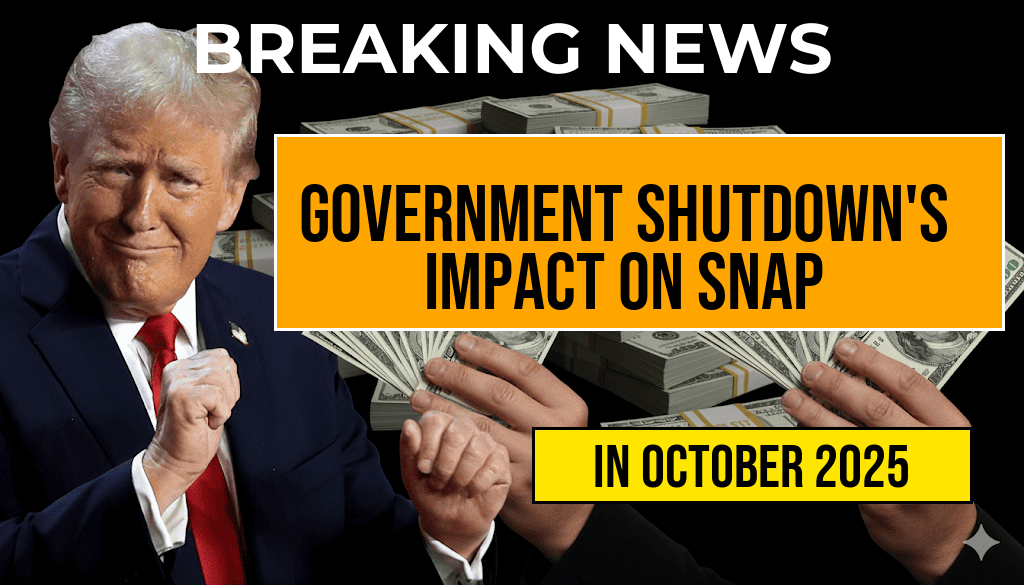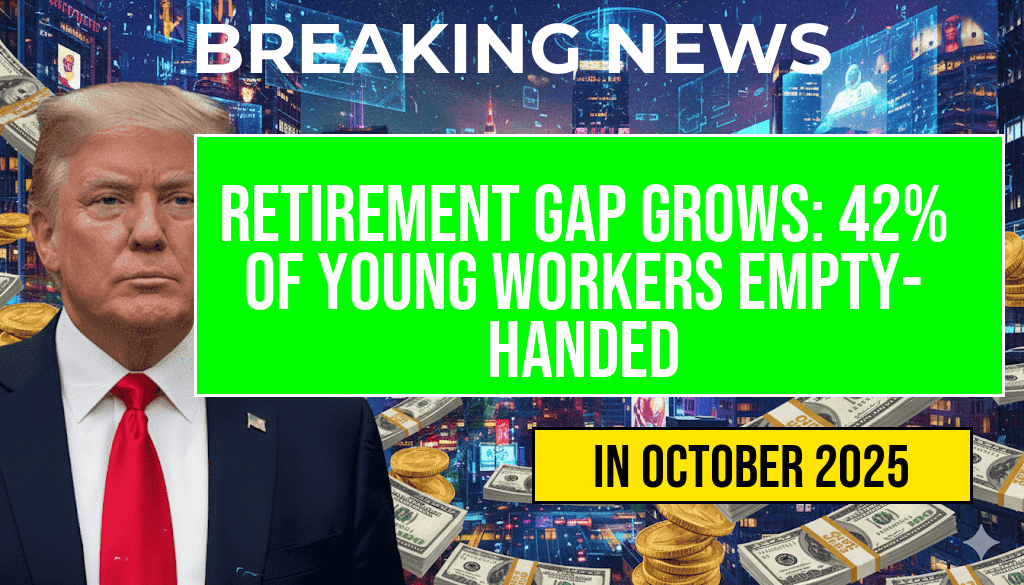The looming threat of a government shutdown has raised significant concerns about its potential ramifications on SNAP benefits (Supplemental Nutrition Assistance Program), commonly known as food stamp assistance. If congressional negotiations fail to reach an agreement before funding runs out, millions of low-income Americans could face disruptions in vital nutritional support. Historically, temporary shutdowns have caused delays and uncertainties for recipients, but prolonged closures threaten to exacerbate food insecurity across vulnerable populations. Federal agencies responsible for administering SNAP have outlined contingency plans, yet uncertainties remain about the scope and duration of any disruptions. This article explores how a government shutdown might impact SNAP benefits, the measures in place to mitigate harm, and what affected individuals should anticipate during such periods.
Potential Effects of a Government Shutdown on SNAP Benefits
During previous shutdowns, the U.S. Department of Agriculture (USDA), which oversees SNAP, has typically maintained benefits through existing funds for a limited time. However, if the shutdown extends beyond available appropriations, recipients could see delays or interruptions in their benefits. This could lead to immediate hardship for families relying on SNAP to meet their daily nutritional needs. The USDA has assured that, in most cases, benefits for the first few weeks are protected due to ongoing funding, but subsequent weeks could see disruptions.
Contingency Plans and Funding Safeguards
Federal agencies have established contingency plans to avoid abrupt benefit cutoffs. The USDA often maintains a reserve of funds that can sustain SNAP benefits temporarily during shutdowns. According to their official guidance, benefits are generally issued on a monthly schedule, and recipients are advised to use their benefits early if a shutdown appears imminent. Some states have also developed local strategies, including extending benefits or providing emergency assistance, to cushion the impact on vulnerable populations.
What Happens if the Shutdown Persists?
| Scenario | Impact on SNAP Benefits | Expected Timeline |
|---|---|---|
| Short-term (up to 2 weeks) | Benefits likely to be issued as scheduled; minimal disruption | Within normal issuance cycles |
| Medium-term (2–4 weeks) | Possible delays or reductions if emergency funds are exhausted | Dependent on federal funding and state actions |
| Extended (beyond 4 weeks) | Significant risk of benefit cuts or suspension | Unknown; varies by federal and state responses |
Impact on Food Security and Vulnerable Groups
Food assistance programs serve roughly 42 million Americans, a substantial proportion of whom are children, seniors, or individuals with disabilities. Disruptions in SNAP could lead to increased food insecurity, with families forced to cut meals or seek alternative, often less reliable, sources of nutrition. Studies have shown that even brief interruptions can have lasting effects on health and well-being, particularly among children and the elderly. Food banks and community organizations may experience higher demand as households attempt to bridge the gap caused by delayed benefits.
States’ Role in Mitigating Disruptions
While SNAP is federally funded, states play a crucial role in administering benefits and providing supplementary support. Some states have established emergency funds or programs to assist residents during shutdowns, including temporary food assistance or cash aid. For example, California and New York have announced plans to bolster aid through state-funded programs if federal support falters. However, these measures are limited in scope and cannot fully replace federal benefits during extended shutdowns.
Guidance for Recipients During a Shutdown
- Monitor benefit schedules: Recipients are advised to check their benefit issuance dates regularly for updates.
- Use benefits early: If a shutdown seems imminent, plan to utilize benefits promptly to avoid depletion before new issuance.
- Stay informed: Follow official announcements from local SNAP offices and the USDA for the latest guidance.
- Seek local assistance: Contact community food banks or charitable organizations for emergency support if benefits are delayed or reduced.
Legal protections generally prevent the immediate suspension of benefits during the first few weeks of a shutdown, but prolonged disruptions could have lasting consequences. Recipients are encouraged to stay proactive and connected with local resources to navigate potential challenges.
Broader Economic and Social Considerations
The potential impact of a government shutdown extends beyond immediate beneficiaries. Increased food insecurity can strain social services, healthcare systems, and community organizations. Furthermore, disruptions in SNAP may influence local economies, especially in areas where food assistance accounts for a significant share of retail sales. Policymakers face mounting pressure to resolve funding disagreements swiftly to prevent widespread hardship.
For ongoing updates and detailed guidance, individuals can consult the official USDA website (https://www.fns.usda.gov/snap) and local SNAP offices. As negotiations continue, the resilience of the social safety net and the preparedness of state agencies will play critical roles in mitigating the fallout of a potential government shutdown.
Frequently Asked Questions
What is the government shutdown and how does it affect SNAP benefits?
The government shutdown occurs when federal agencies run out of funding, leading to the suspension of certain services. During a shutdown, SNAP (Supplemental Nutrition Assistance Program) benefits may be temporarily disrupted or delayed, impacting recipients’ ability to access food assistance.
Will SNAP benefits be reduced or cut during the shutdown?
Typically, SNAP benefits are funded through federal appropriations, and in many cases, recipients continue to receive benefits for a limited period. However, prolonged shutdowns could lead to delays or reductions if funding is not allocated or extended by Congress.
How long could the food stamp assistance be affected during a shutdown?
The duration of food stamp assistance disruptions depends on the length of the government shutdown. Short-term shutdowns may have minimal impact, while extended closures could cause significant delays in benefit distribution and access to food programs.
Are there any alternative resources for individuals relying on SNAP benefits during a shutdown?
Yes, individuals can explore local food banks, community organizations, and other emergency food resources to supplement their needs during a government shutdown. It’s also advisable to stay informed through official government updates regarding SNAP benefit status.
What should SNAP recipients do if their benefits are delayed or interrupted?
If SNAP benefits are delayed or interrupted due to a government shutdown, recipients should contact their local assistance offices for guidance. They can also seek support from community organizations and stay updated on any emergency measures or extensions implemented by authorities.






